The turn of the new year may seem like an unlikely time to be thinking about next spring and summer’s garden, but it is, in fact, the best of times.

The new year brings us a sense of renewal, of life, and rejuvenation. All the same things the new garden season brings us!
Not only can we capitalize on this renewed energy and focus, but we can embrace it and take the time now to plan for the gardening year ahead.
Jump to:
- Why Plan Gardens in the Dead of Winter?
- Reflecting, Planning, and Resolving for a Better, More Personalized Garden Experience This Year
- 1. Reflect on last year’s gardening adventures.
- 2. Plan your garden early.
- 3. Reevaluate what you really need to grow.
- 4. Grow something new.
- 5. Order seeds early.
- 6. For transplants, evaluate your buying options.
- 7. Consider alternative plant buying options—including online!
- 8. Make sure you’re comparing “apples to apples.”
- 9. Explore time (and back) saving gardening techniques.
- 10. Have fun planning and growing!
Why Plan Gardens in the Dead of Winter?

There are many good reasons to start planning for the garden in the early days of the year.
Seed catalogs are arriving, and it will be time for seed starting before you know it. You may or may not decide to start your own plants from seed, but by giving the garden some thought now, you have time to decide if that’s what you want to do -- while there’s still time to do it.
Reflecting, Planning, and Resolving for a Better, More Personalized Garden Experience This Year
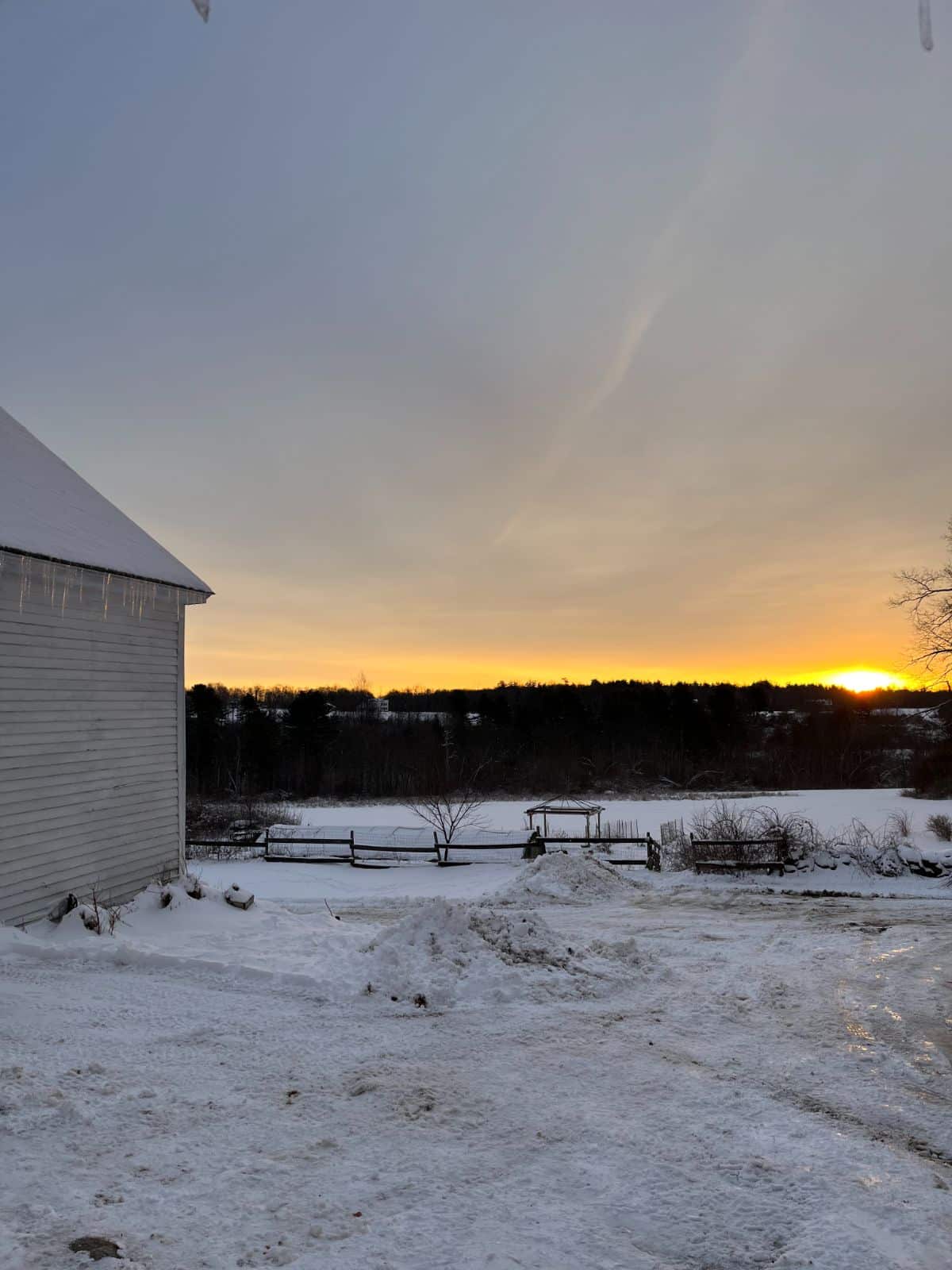
The focus of your garden and its planning this year should be on personalizing your garden experience.
There’s so much great information out there and so many interesting products and plant varieties. It can be easy to be swept away. Then, you find yourself in a position of overwhelm, and maybe even waste. So this year, make it the goal of your garden resolutions to personalize your garden.
Plant and do what works for you based on the information and experience shared by others. But don’t feel like you have to replicate everyone (or anyone) else’s garden.
To help you get there, here are 10 top resolutions to guide your garden goals:
1. Reflect on last year’s gardening adventures.
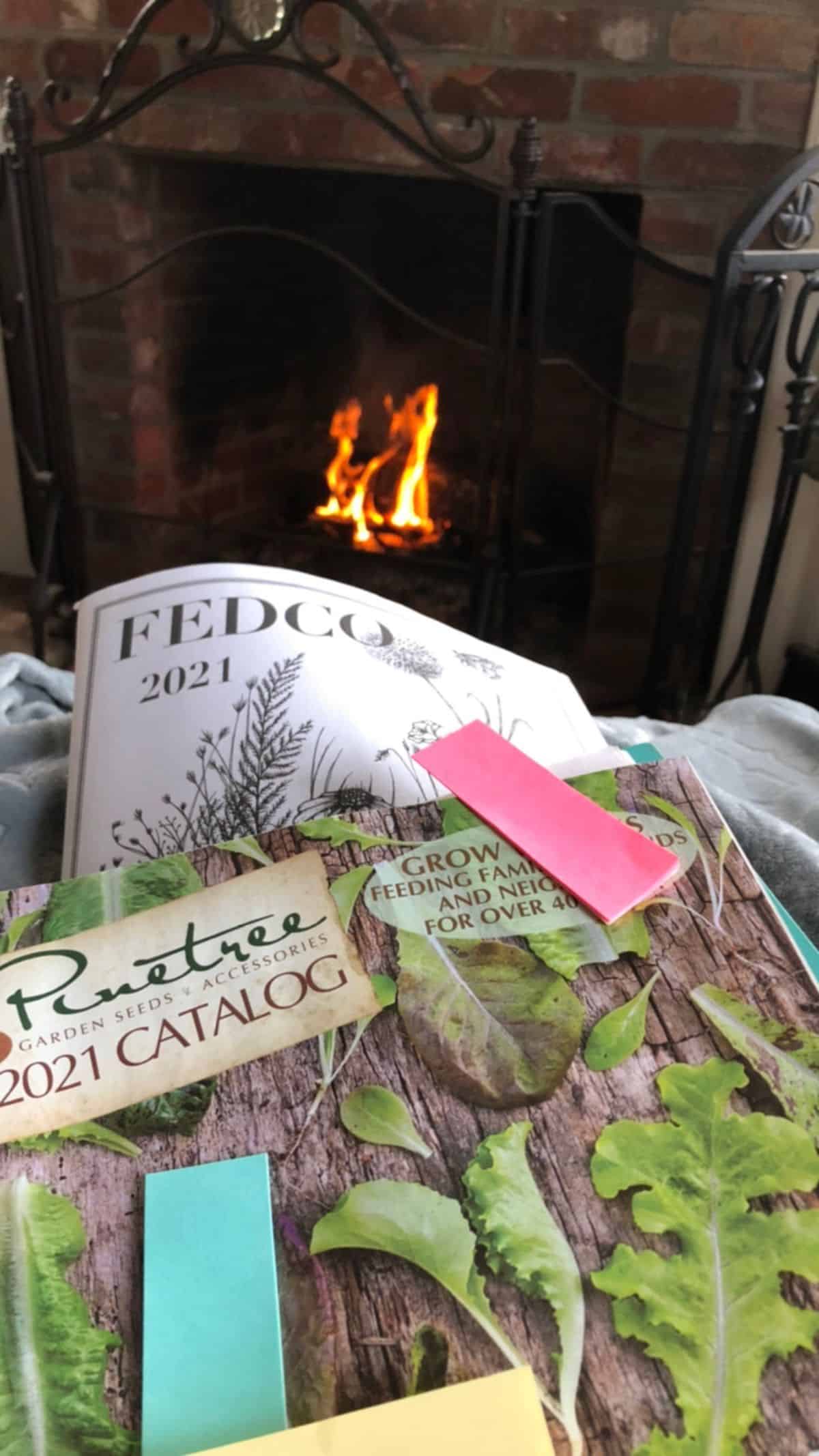
What worked in your garden last year? What didn’t? What did you love growing? What did you hate?
Finding the right balance in the garden – in all ways – takes time, trial, and error.
Besides that, life changes. The garden that worked so well for you before might not work so well anymore.
The beginning of the year is a good time to think about what should change. The end of last year’s season isn’t so far behind you that you can’t recall what you loved, or maybe even hated, in your garden.
Use that, and plan to work to the strengths and goals you had in mind last year.
2. Plan your garden early.
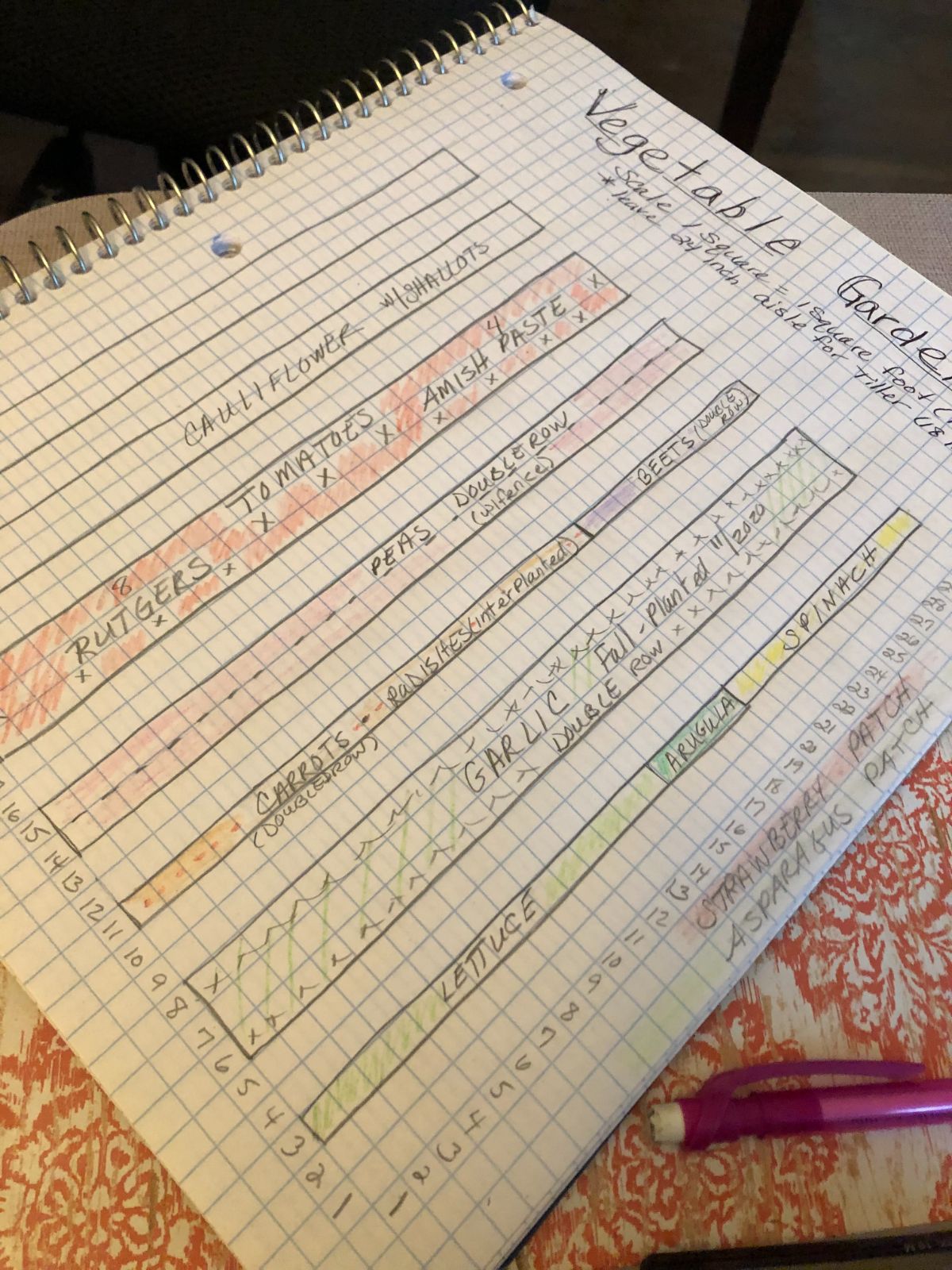
Use the winter months to plan out your garden. A well-planned garden is an efficient garden.
Without a plan, you’ll struggle to know what seeds to start, how much to plant, and when to plant them. Without a plan, you’ll find yourself struggling to fit everything into your garden that you want to grow.
Even if you’ve gardened in the same space for many years, it can be helpful to put a garden plan on paper – or on the app if that's your thing!
There are plenty of options out there. (My personal favorite is a good old-fashioned graph paper notebook with each square representing a square foot of space.)
Having a plan put down will help you decide on the type and number of plants and vegetables to grow and give you a visual of what you really have room for. This will help you to not overspend on seeds or plants you don’t need or that you can’t grow because you don’t have room for them.
3. Reevaluate what you really need to grow.
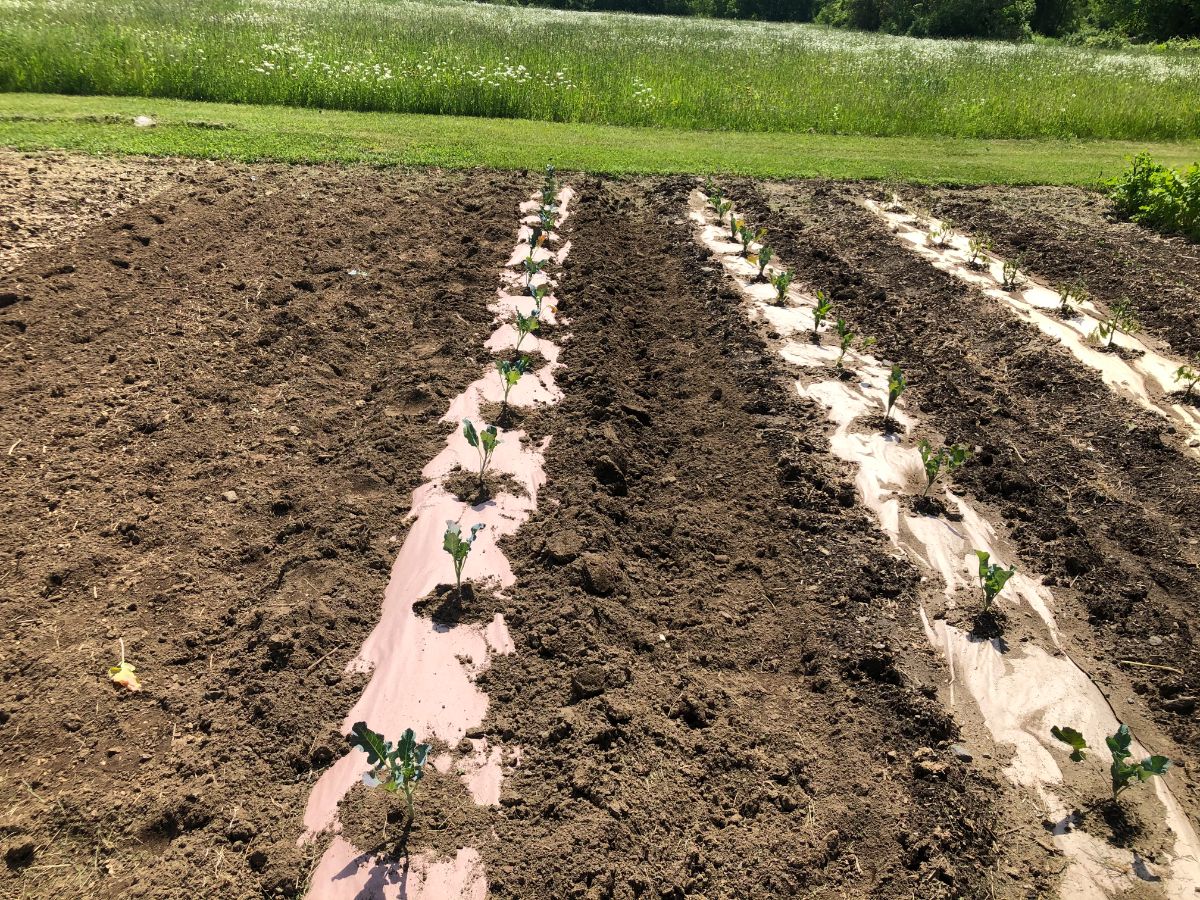
Do you really need to grow all the things you usually grow?
I can admit that I’ve started growing things because they looked neat or were trendy. Sometimes, it’s worked out; sometimes, it hasn’t.
Sometimes, I’ve grown things because they are valuable vegetables and would expand our kitchen repertoire, just to find that no one likes them, or they just didn’t become a part of our regular diet.
Sometimes, I’ve kept growing things for too long because it’s on some garden plan, or everyone else is growing it, and I feel like I should grow it, too. Like, I should want to use that vegetable, or I should find a way to make that kale a staple for lunch or dinner.
But we don’t. So why should I keep growing it? Dedicating valuable time or space to it?
Sometimes, the issue isn’t that we won’t eat or use something, but it’s that we don’t use as much as we grow. Or maybe we need more of it.
Sometimes, the issue is that something just has to give, so I have to make some sensible choice about what I grow and what I buy or barter from with a local grower or neighbor.
For example, maybe you should grow all your short-lived fresh vegetables and those you want to have on hand (like lettuce, greens, cucumbers for fresh eating, and cherry tomatoes) but plan to buy the big bulk items for preserving that take so much time and space.
Or, maybe you should forgo growing large vining crops like pumpkins and squash that take so much space for a relatively small or less useful return.
4. Grow something new.

Manageable, efficient growing is a good thing. But you will also never know if something is worthwhile in your garden if you never try growing it and you never try eating it.
Set aside some space to try something new. It doesn’t have to be a lot of room. It can be just a plant or two. We have so many good varieties and types of vegetables (and ornamentals) available to us now that now and again, we should venture to try something new.
You may just find a superior-tasting variety this way, or maybe one that has better insect or disease resistance or one that simply performs phenomenally where you live and grow. But you won’t know if you don’t try.
And if it doesn’t work out? Well, next year, that’s the plant you nix when you reevaluate for resolution number three.
5. Order seeds early.

If you’re going to start your own plants from seed, make your plans and then order them early. There are a few reasons why this is important:
- Seed shortages have been issues in recent years
- The problem may not be corrected yet (wildfires, droughts, and floods have hit growers hard in the last few years!)
- The best choice and selection is in ordering early on
- If you wait to order, you are likely to find some varieties out of stock, and then you have to start searching all over again
- If something becomes back ordered or goes out of stock, you have time to find a replacement and reorder
- Some seeds need longer germination and growing times indoors than you might think
- Having the seed on hand lets you plan starting times while there’s still plenty of time to start them
- Pouring through seed catalogs, dreaming, and making plans gets you that garden fix you’ve been missing while the world lies dormant!
6. For transplants, evaluate your buying options.
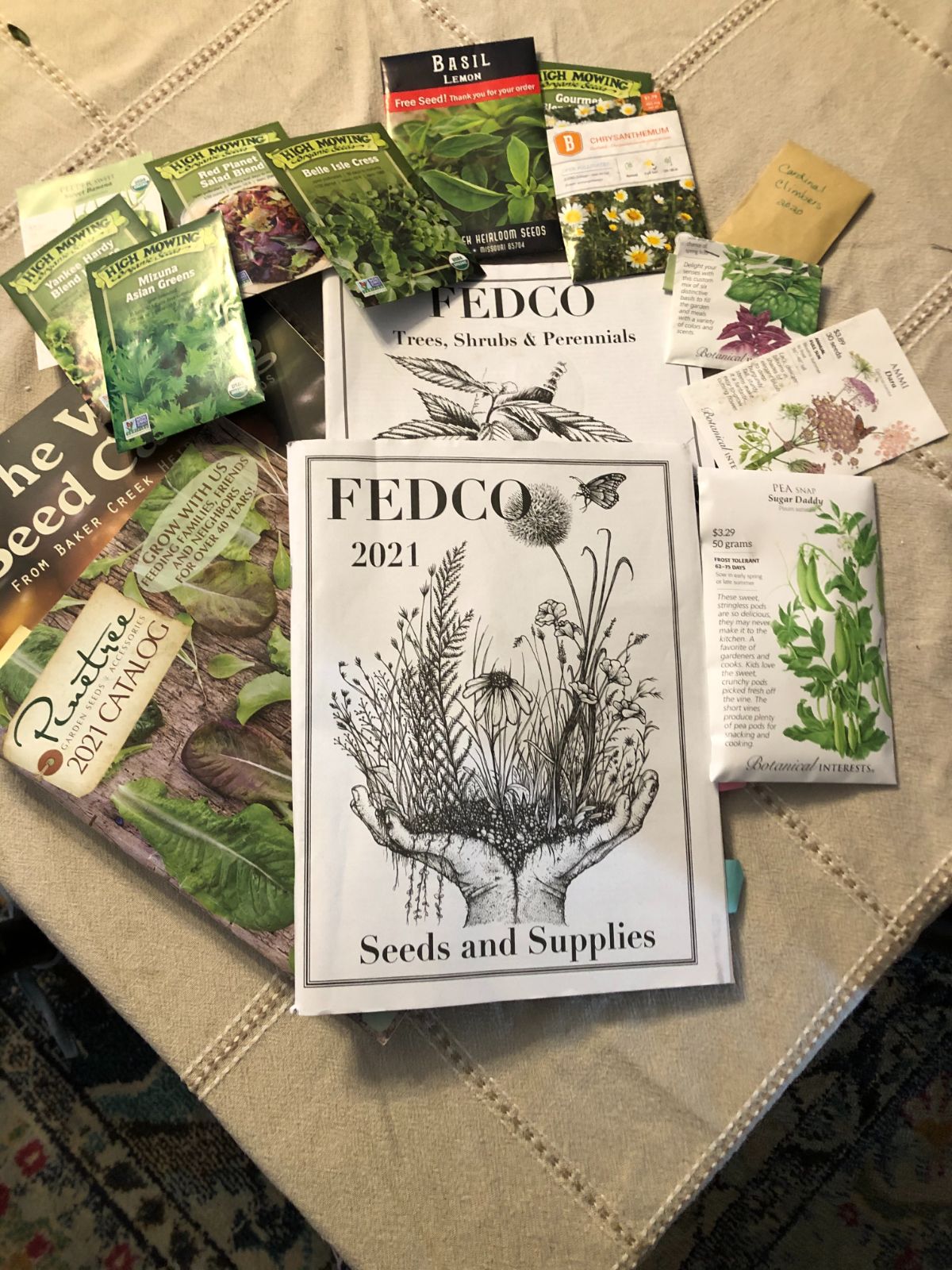
If you don’t plan to start your own transplants from seed, at least have a plan for where you’ll be buying them.
Consider your local options.
- Who grows the types and varieties of transplants you want to grow?
- Who is growing with your personal priorities, morals, and values in mind?
- How are their prices for plants that compare and fit your gardening priorities?
- If you can’t find what you want grown in the way you want it grown at a reasonable price, should you consider starting your own from seed instead?
For example, if you are committed to heirloom varieties, or you want to grow all your food organically, are there local growers who can supply the transplants you want? Did they start those seeds with organic products and either not treat them chemically or at least treat them with non-organic fertilizers and sprays?
7. Consider alternative plant buying options—including online!
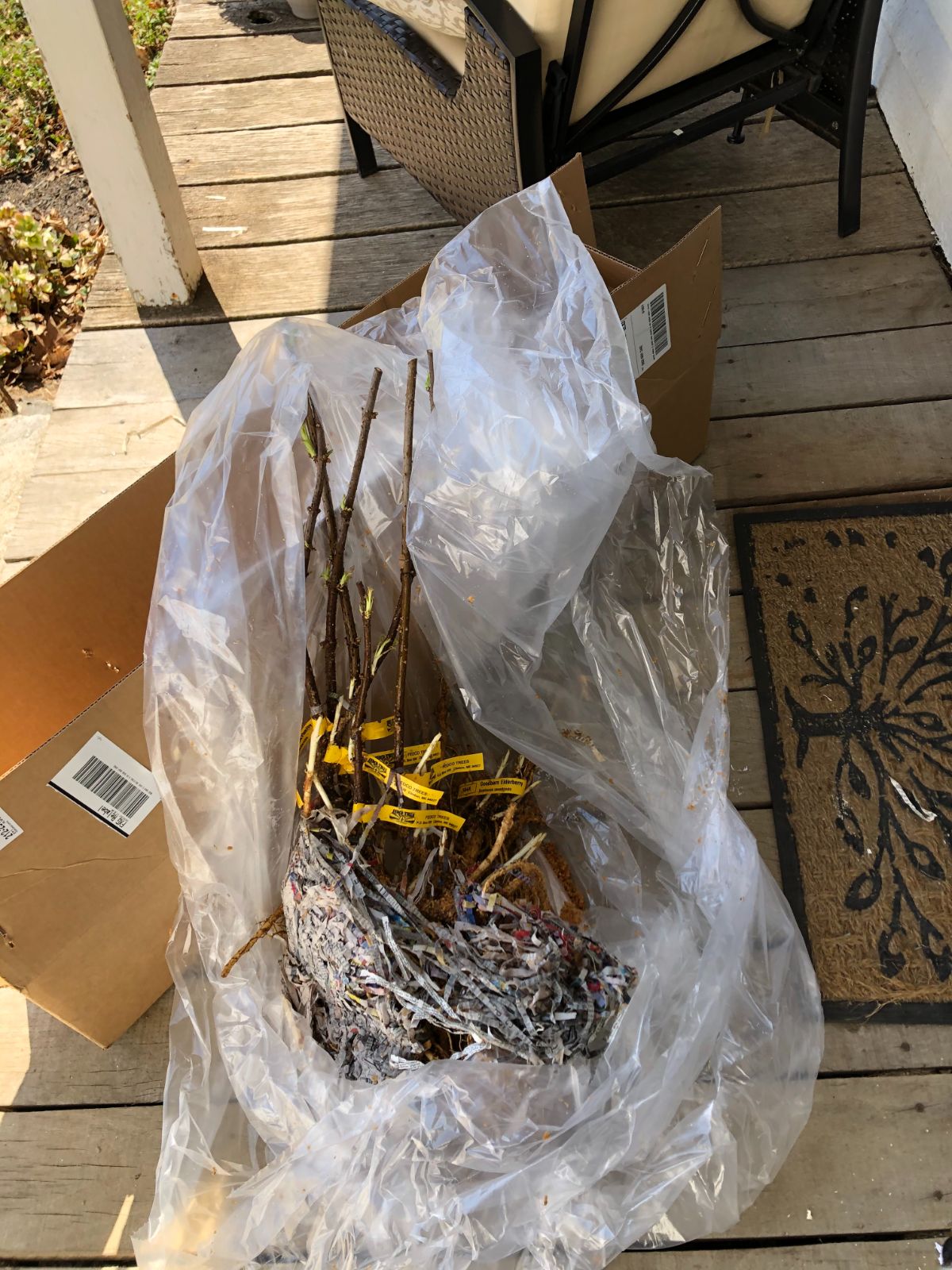
After you’ve considered the above in number six, if you haven’t identified a good local connection, consider your other options.
Did you know you can buy live plants, including vegetables and garden transplants, online?
Many seed catalogs and companies also offer transplants. Berries, trees, roots, bare root plants, and hardier bushes may seem obvious, but tender annual garden plants and vegetable transplants can be ordered online and shipped to you, too.
This is the time of year to find the companies that will do this. You may even be able to start placing pre-orders that will ship to you at the right time for planting.
Finding these sources ahead of time will give you a good idea of what you need to keep looking for, too.
8. Make sure you’re comparing “apples to apples.”
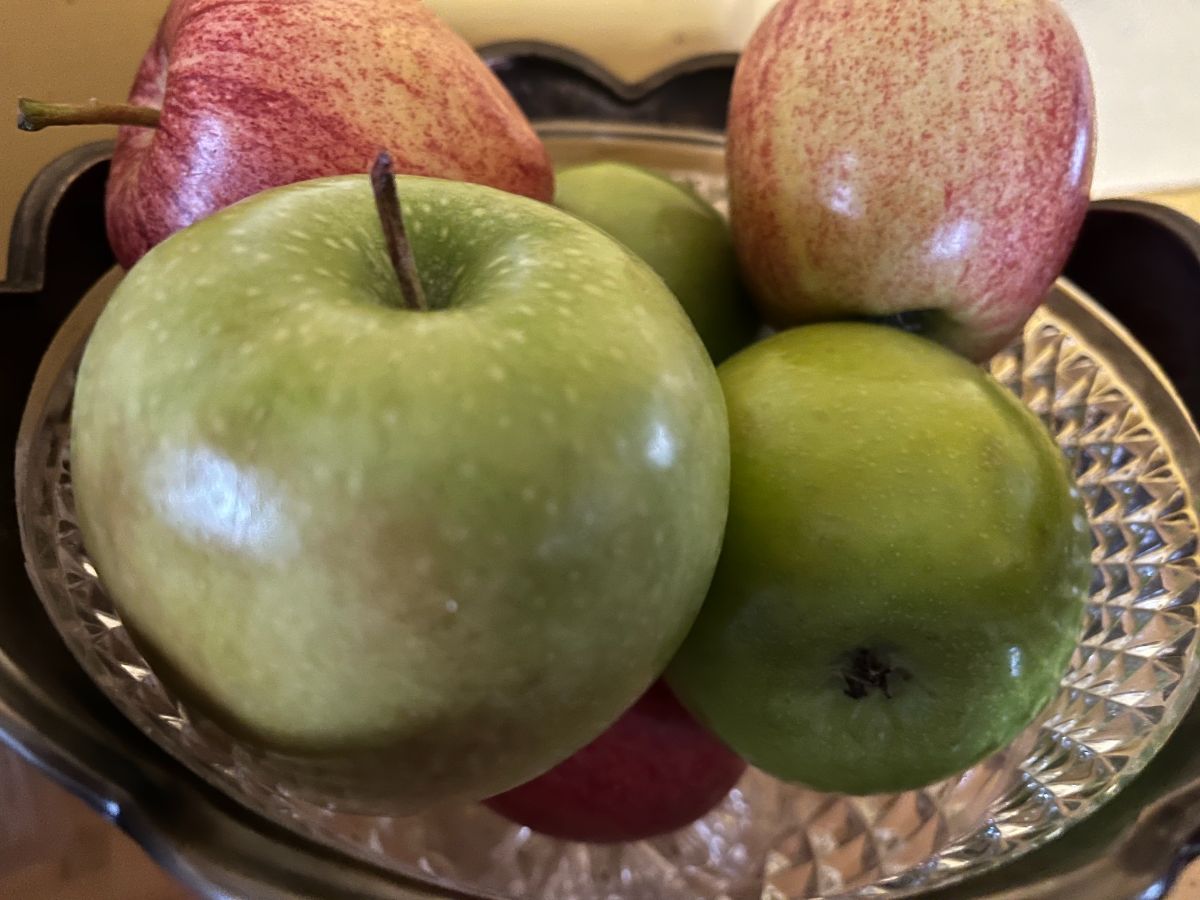
As you make your decisions about things like what to start from seed, what to buy, what to grow, and where (and who) you will buy it from, make sure you are comparing like products.
Most of us can find plants and even locally grown fruits and vegetables, and sometimes you can even find them at a reasonably low price, but the question must be, are you comparing apples to apples?
Conventional transplants and conventional produce is an orange if your goal is organic plants and produce – an apple. It’s not a judgment on what you choose to grow or to eat, but it is a fact that they are different products.
You might find lower cost items and might decide that some things are worth buying rather than growing. But in that case, you’ll need to make sure you have a source that compares to what you want—to your gardening goals.
Here’s an example. You might decide that it’s worth buying one big bulk load of tomatoes for canning instead of growing enough tomato plants for your own. You might find them at a reasonable price. But are they the same as your tomatoes? Will the product be what you want?
You’ll find that heirloom varieties and organic tomatoes cost a lot more than conventional, sprayed, and treated tomatoes. In the end, yes, there are local tomatoes available to buy. But are there affordable local organic tomatoes to buy? That’s important if that’s your goal.
Again, this is not a judgment, but it’s smart to plan with local, accessible, and affordable foods in mind before you decide whether or not to grow something yourself. It’s just smart garden planning.
9. Explore time (and back) saving gardening techniques.

Let’s start gardening smarter, not harder.
There’s a lot going on in the gardening world, with old and new, tried, tested, and proven ways to garden being shared more and more.
Many of these can make your gardening life easier and more efficient. They can save time, yield better results, and generally make gardening an even more enjoyable task.
It’s time to explore some options and find what can work for you.
Here are some suggestions:
- Winter seed-sowing techniques for easier seed-starting
- Indoor space-saving seed-starting techniques
- Raised bed gardening
- Container gardening
- Vertical growing and gardening on fence panels or trellises
- Compostable paper and cardboard weed barriers
- Weedless gardening techniques
- Hügelkultur
- Lasagna gardening methods
- Edible landscaping (double-duty yard and garden—save time and work!)
10. Have fun planning and growing!

Gardening, especially food and vegetable gardening, serves a purpose, but make sure that it doesn't become too much of a burden.
You should enjoy your time in the garden! Your garden should give you a sense of peace, serenity, accomplishment, enjoyment, and security.
It’s easy for a garden to get to the point of overwhelming you, too. That’s where your resolve and planning come in.
- Grow at a reasonable and manageable level
- Consider whether you should place some limits on what you grow
- Be realistic about the amount of time you have to spend in the garden and plan accordingly
- Realistic planning also means having time to use and enjoy your end product—if all you have time for is weeding and garden maintenance, but there’s no time left to prepare fresh food or get in the preserves you want, is there a point in it?
- Plant some things that just bring you pleasure, like flowers or herbs
- Maybe make yourself a seating space to relax, take a break, and simply observe the life in your garden
Only you can decide what the right level of growing, producing, and even storing and preserving are for you, but the point is that it’s time worth taking to make some of these decisions.
There’s no right or wrong. Everyone’s garden goals and journey are different. If growing big is what you want and that’s what makes you happy, by all means, go for it! If small and slower-paced is your thing, do that.
Personalize the experience to make it one that brings you pleasure, not stress or pain.
The beginning of the year—even if it’s under two feet of snow—is the ideal time to stop, relax, and evaluate. And plan a productive, pretty garden that will bring you joy in this new growing year.




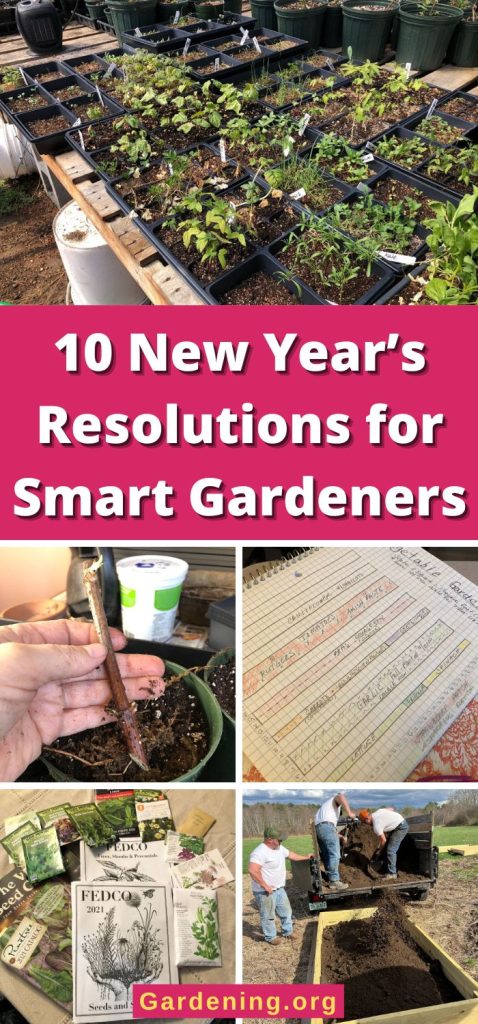




Leave a Reply